Resurrecting Research


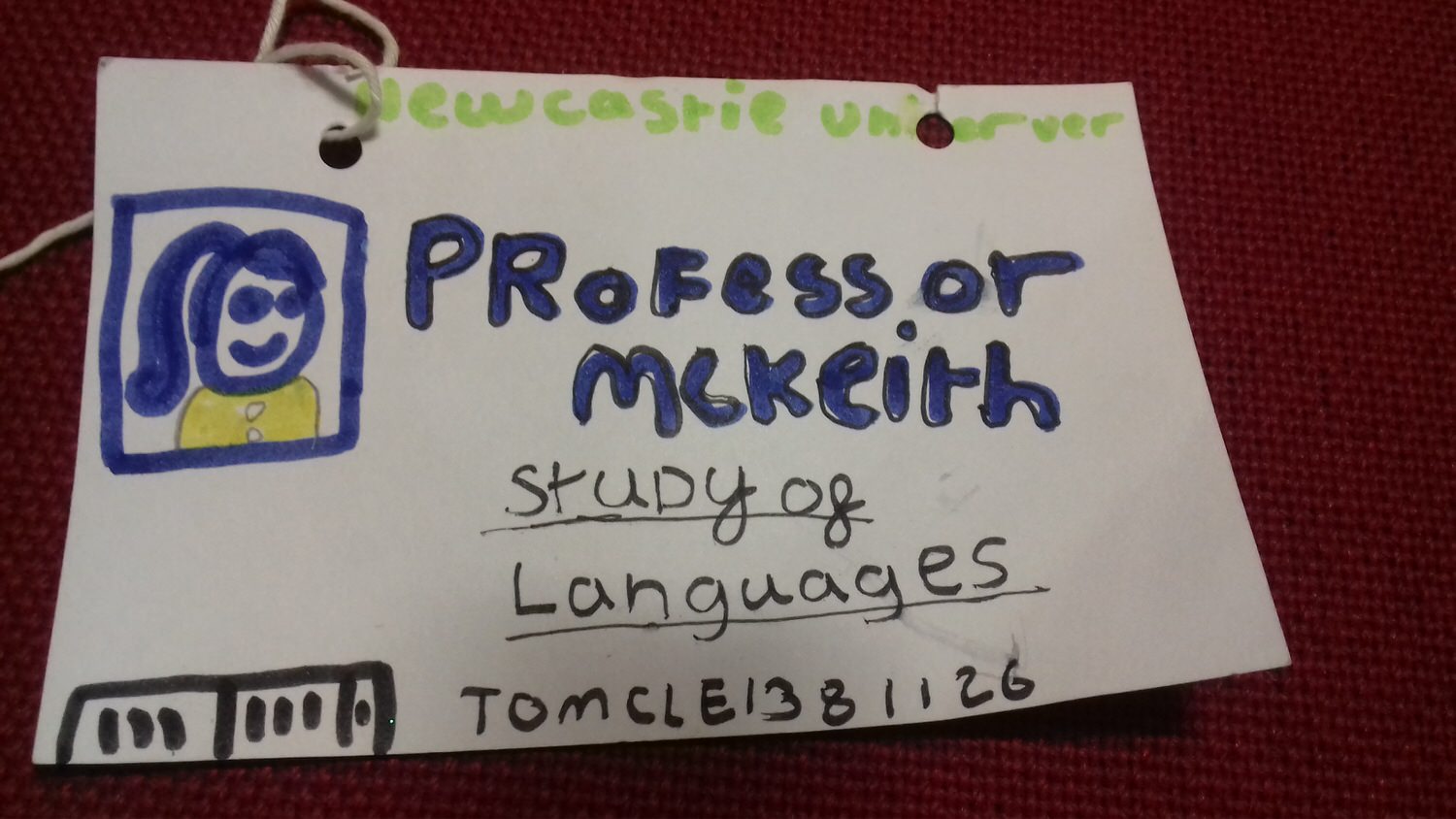

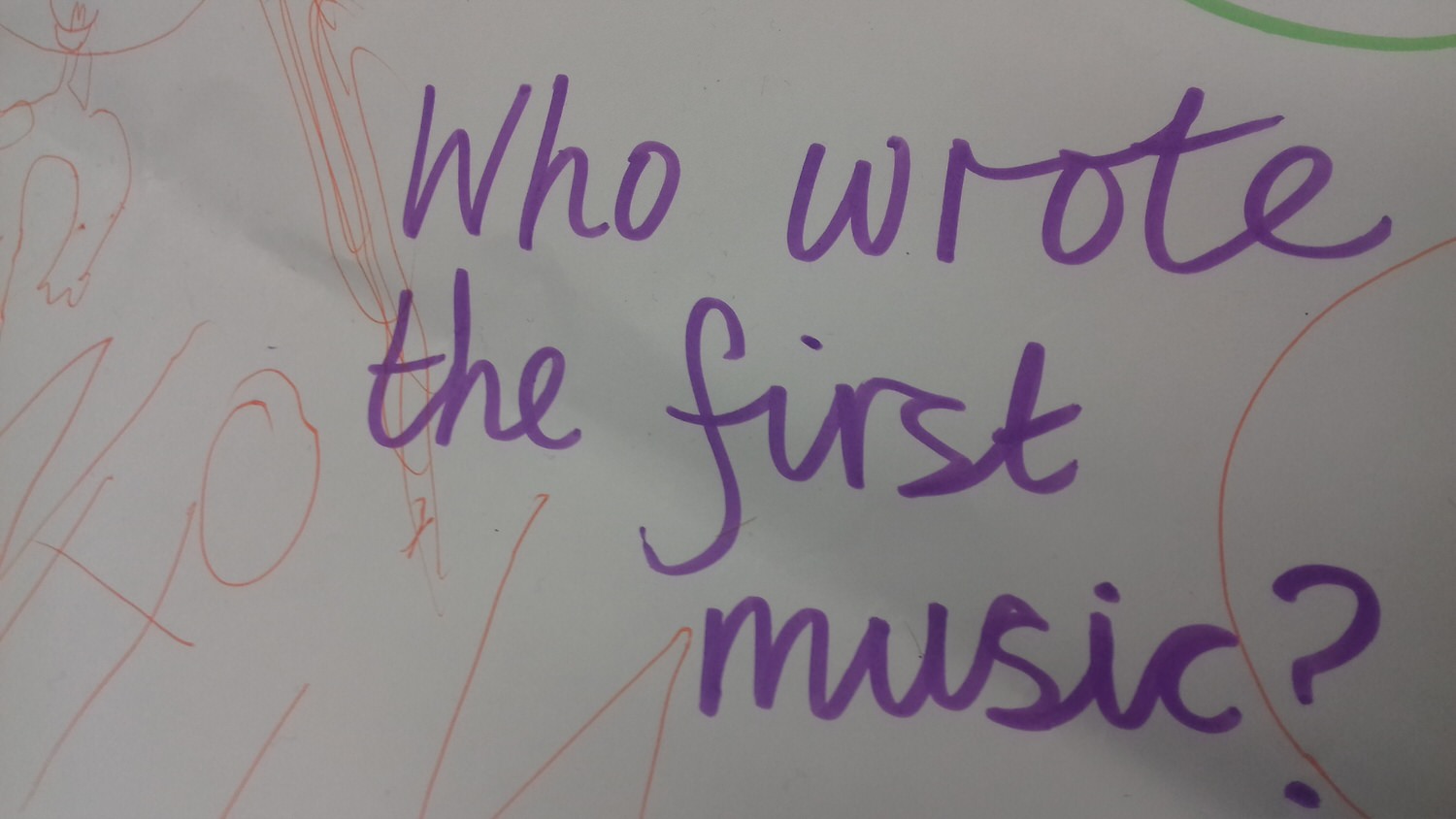

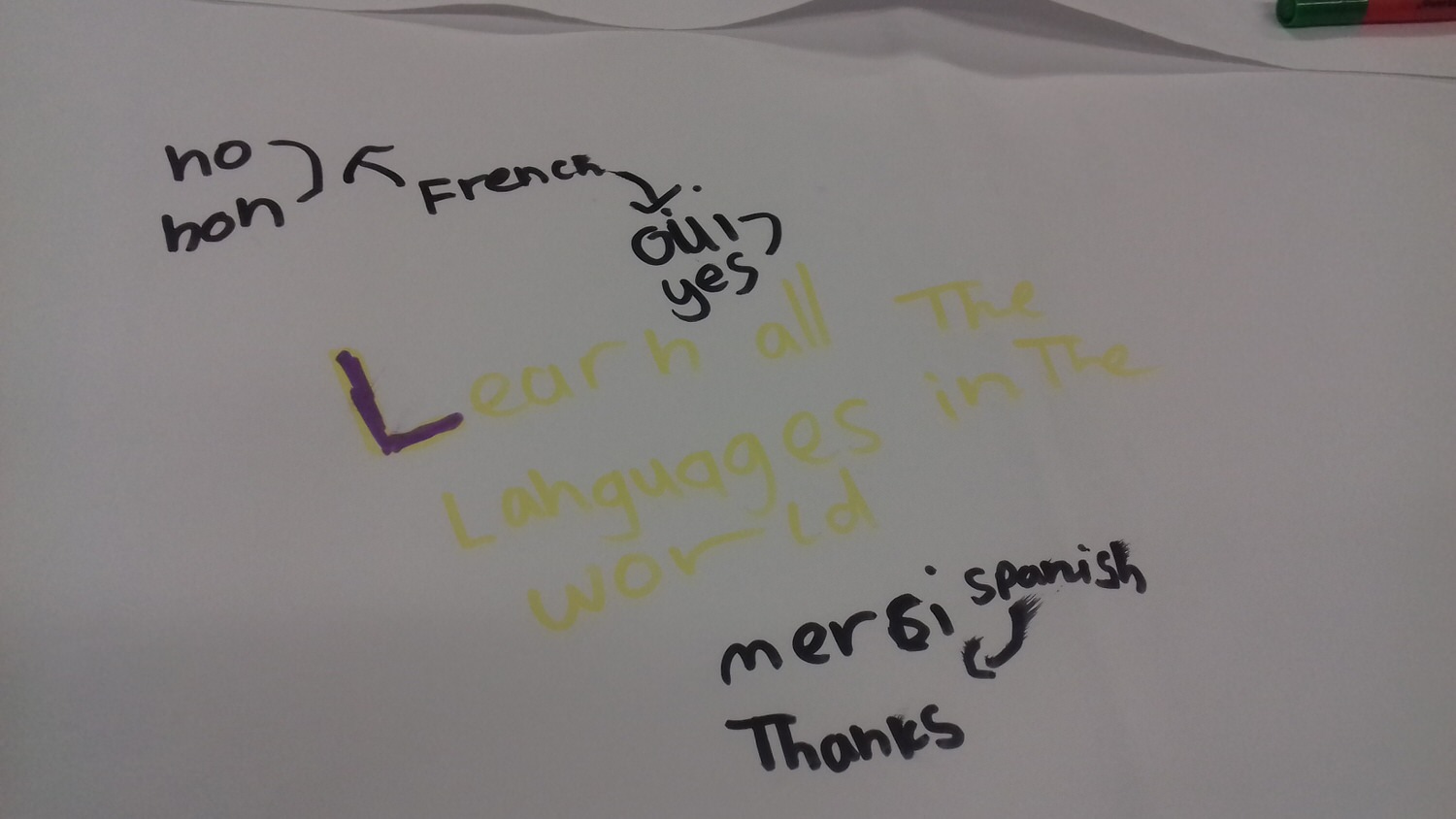
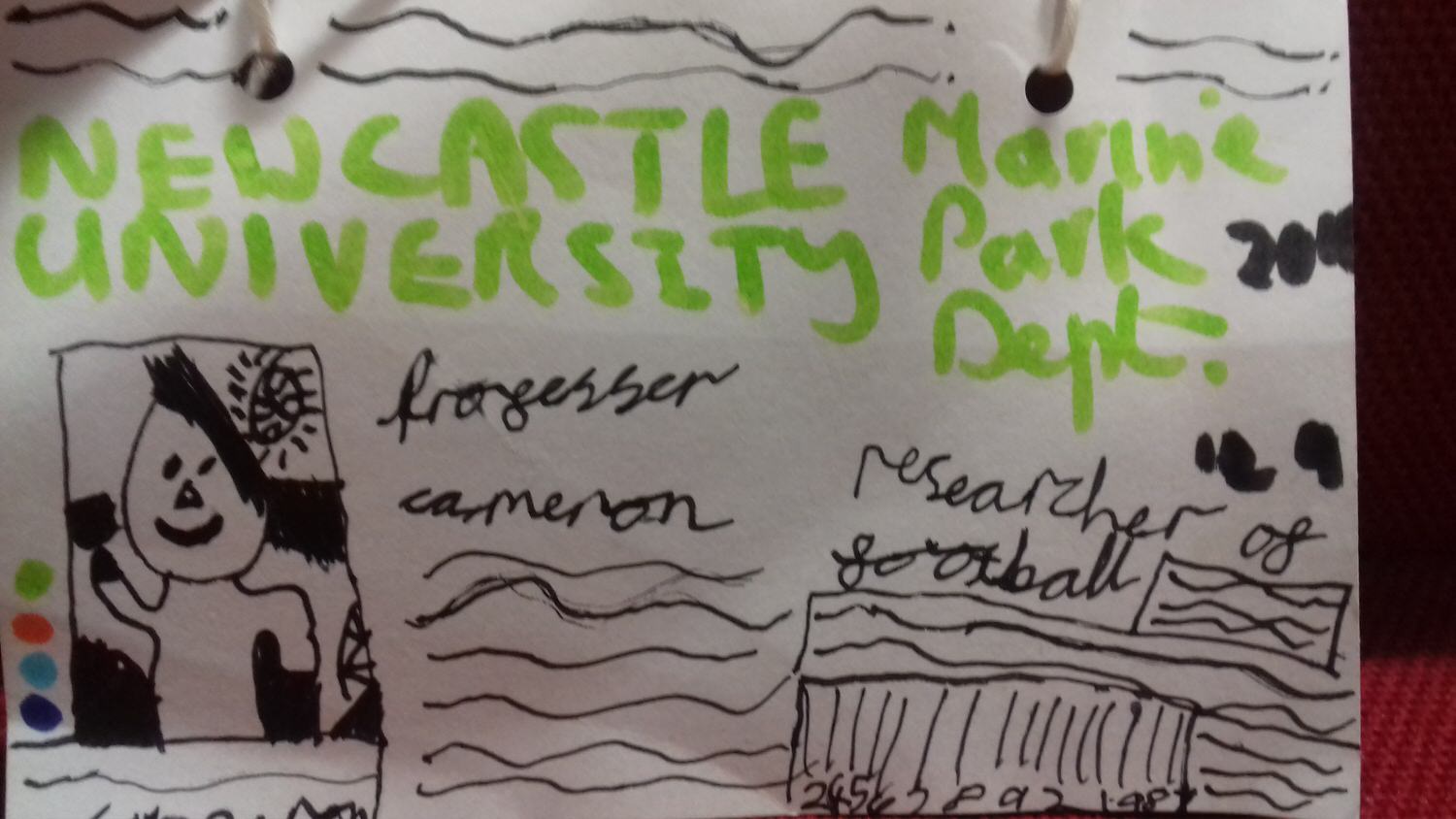
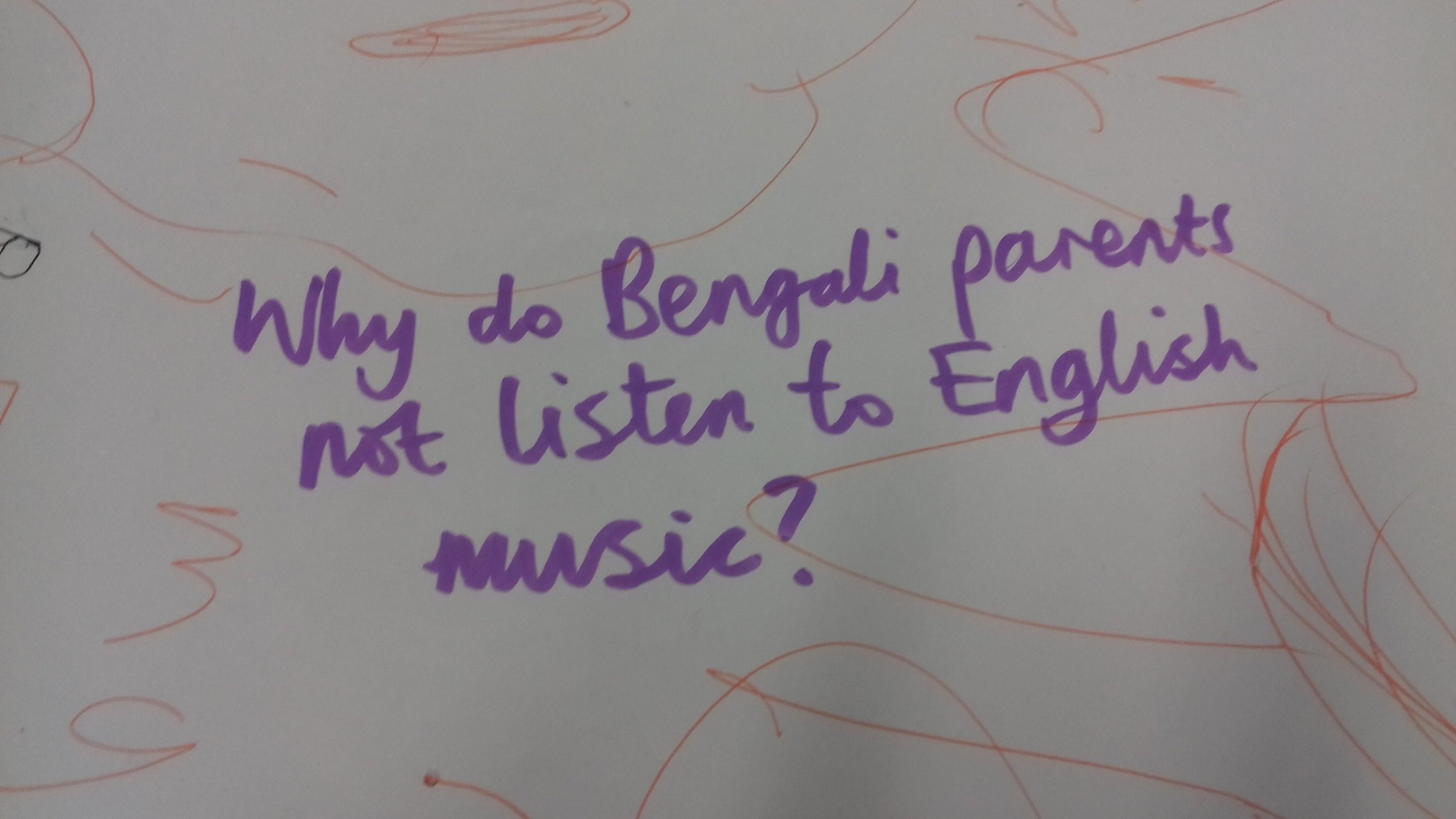
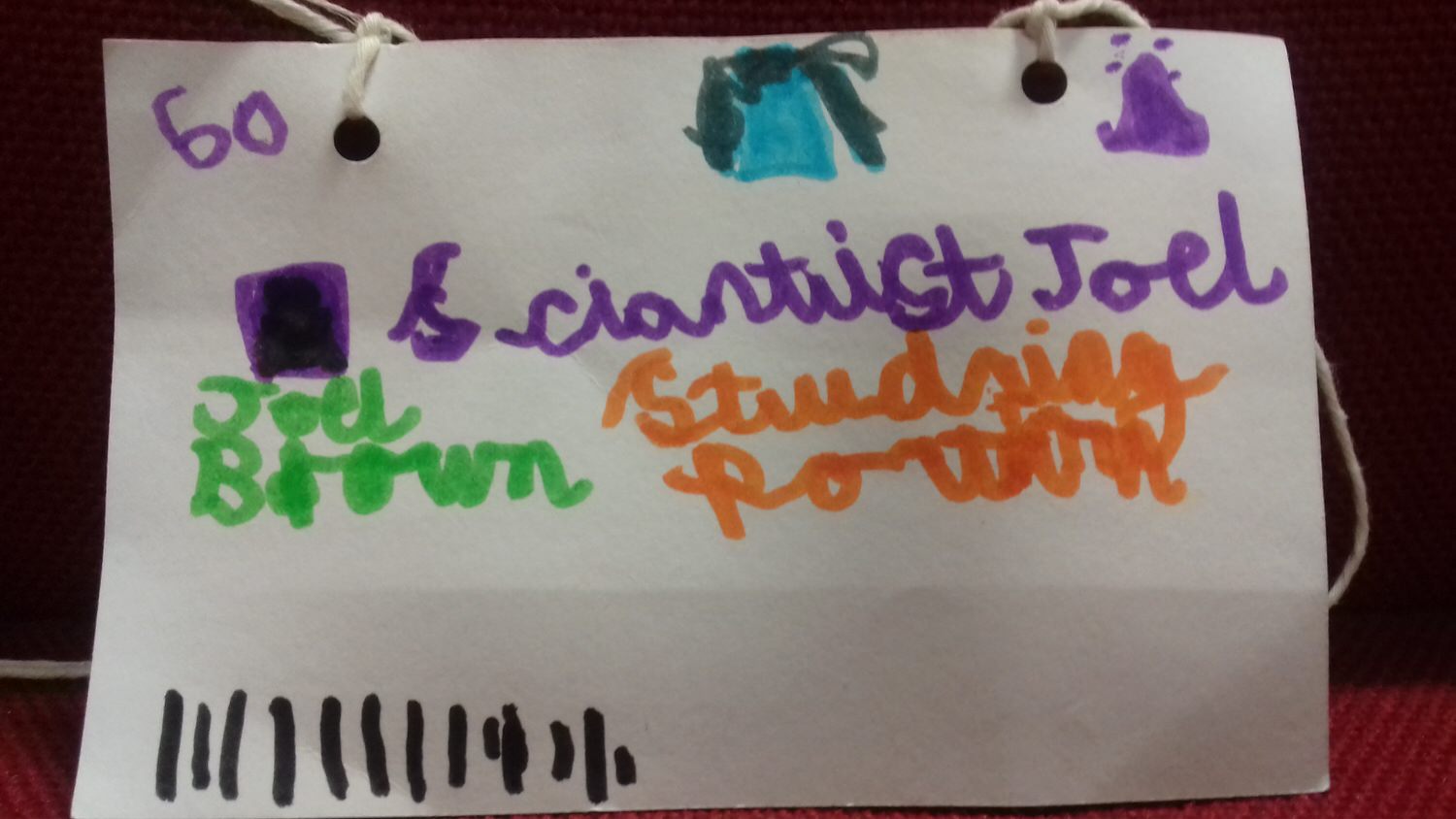
Spaces Places People
I have a particular interest in how we treat/respond to age and have a commitment to the creating and curating of mingling , moving opportunities between the generations. Being with your own tribe all the time might lead to navel gazing, myopic tendencies , overall staleness, desiccation and all kinds of other flakiness! As I have said on earlier blog posts we need to keep our communities well oiled to avoid getting stuck. As a dance artist social mobility and the freedom of movement have particular political resonances for me and my practice. The Leverhulme residency is presenting all sorts of ways to bring art, research and people together.
" Our job is to get the research to move" Simone Forti
Matt Jenkins gallantly (though sadly without his rhino) offered to get "research moving" with a group of very keen students all of whom had spent time identifying their research interests. The research map is part of a thread I am following (or sometimes unraveling) to do with mapping, thinking, representation and feeling. All maps are associative. A visual and graphic means of representation particularly suited this cohort of children all of whom have different learning styles and all of whom like to have wiggle room to think their thoughts . I too am a thought wiggler so the beloved table in Claremont building became our place to do some serious thinking and mapping, room to move and for thoughts to settle and spread themselves.
Matt acquainted himself with the various young academics and then very skilfully introduced the children to a lecture theatre, letting them experience and explore the space..
" Is it a room to play tig in?" "Is it a science room?" "Are there Venus Fly traps behind the plant doors?" "Is geography a type of history?"
I was particularly impressed with this last question as it strikes me that geography has a connection with history, they seem intrinsically linked somehow, like siblings, but then geography seems to link to everything. It is a " characteristically human enterprise" ( Alastair Bonnett)
Each question posed was dealt with seriously by Matt before he shared a presentation with them. Matt got them involved in analysing data, making deductions, theorising and sharing ideas. They absolutely loved it , I was amazed as was their class teacher at how readily they responded to the materials Matt had prepared. Having a presentation that related to them and to where they lived was a great device which helped them feel that they belonged.
" Maps are stories"...said Matt , he did say somebody else said it and that is the way of academia....who said what.....and when.....?!
Anyway the children loved this reference to stories and that is what counts. Is what you say useful, does it help understanding does it give you a way to connect.....?
It gave the children a geographical connection, a sense of belonging , a degree of expertise and straight away involved them with the story telling potential of maps and data. If you can tell a story about the information then this research thing looks much more inviting, they know and love stories. Watching associations being made and critical questions being formulated was wonderful. Children took the material and played with it using the dog like shape of the map to orientate themselves to the data, embodying the information and then directing Matt
" Matt you see there....there where the hair of the dog is sticking up, no not that hair, the smaller hair....."
" I live near the dog's ear"
Instinctively they began to use the map and the data to problem solve, to apply their knowledge to predict and to question. The use of an image allowed the children, all of the children to have a relationship to learning that was immediate and involving. It allowed imagination to be part of the learning experience and for the children to co- own the learning. Brandon who really did take to University like a duck to water or a student to.....shandy(?!) even pointed out to Matt that the map was not necessarily accurate and that statistics were subject to interpretation.
Brandon is now busy with his own research project " Is it possible that one person can do something unique? If one person can do something then we must all be capable of it"
On the mini bus back to school the children were full of Newcastle University's attributes, the big spaces like cinemas, the big screens, the comfy chairs, the field for playing, the lovely clean toilets and the heads! Brandon decided that he would give his security pass to his kids to show them he had been a Professor for a day. After some more thinking about resurrection he decided that he will now be studying for a degree when he is eighteen. To have access and opportunity to Newcastle University, not just to visit but to actively participate is invaluable. We should never underestimate the value of these experiences, the potential and the possibility that amazing things might happen if we choose to open our doors, our hearts and minds....
And on the subject of doors.... Cameron's security pass pictured below opened all the doors on campus - genius!
It is delight to me that the Leverhulme residency is making possible connections and associations. We already have plans to follow up on this experience and are keen to invite students and staff to join in with a child led research initiative in September. Do please get in touch if you like research that is practical and like all good journeys subject to changes in direction, leadership and destination!
My email plopsicle@gmail.com
With heartfelt thanks to Dr Matt Jenkins who made an introduction to geography and research a seriously playful exchange.
" Never lose a holy curiosity" Mr. Einstein ( Albert)
And here are some thoughts from two of the research team back at school.


